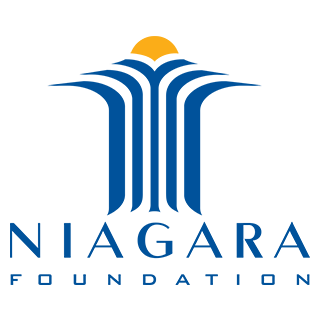This seven-day celebration, Pesach in Hebrew, begins today and commences with the traditional Seder dinner. The Passover Seder is a time for families to unite at the table, and practice rituals which have existed for millennia. The word seder means “order” and signifies the immense spiritual and cultural meaning behind every aspect of this holy meal. On this night, families will recite the story of the exodus of the Jews from slavery in Egypt. The Jews were led by Moses after the Egyptians suffered a holy wrath of ten plagues enacted by G-d. This exodus is represented by the Matzah, or unleavened bread, at the table which signifies the rush of the Jewish families to leave Egypt after being freed from slavery. The families did not have time to wait for the bread to leaven, and thus, at seder dinner it is traditional to enjoy unleavened bread.
As Jewish families all over the world celebrate this joyous holiday, they are united by the symbolism of the food, drink and the readings of the Haggadah. During this meal, prayers and blessings are uttered, hands are washed, four cups of wine are enjoyed, matzah is consumed, and the children of the table recline in leisure. A seder plate is on prominent display and contains several symbolic foods: egg, bitter herbs, vegetables, shank bones, and horseradish. At some progressive tables, it has become a practice to include an orange. The orange symbolizes those who are marginalized in society, such as women and members of the LGBT community. The orange must contain seeds, and by eating the orange and spitting out the seeds, this action signifies sitting out hatred and discrimination. Such actions are fitting on a holiday which celebrates liberation and freedom from oppression for marginalized groups.
Here at Niagara Foundation, we celebrate this sacred holiday with our Jewish sisters and brothers. The message of a shared, sacred meal is universal in its significance and beauty among all belief systems. Chag Sameach!

